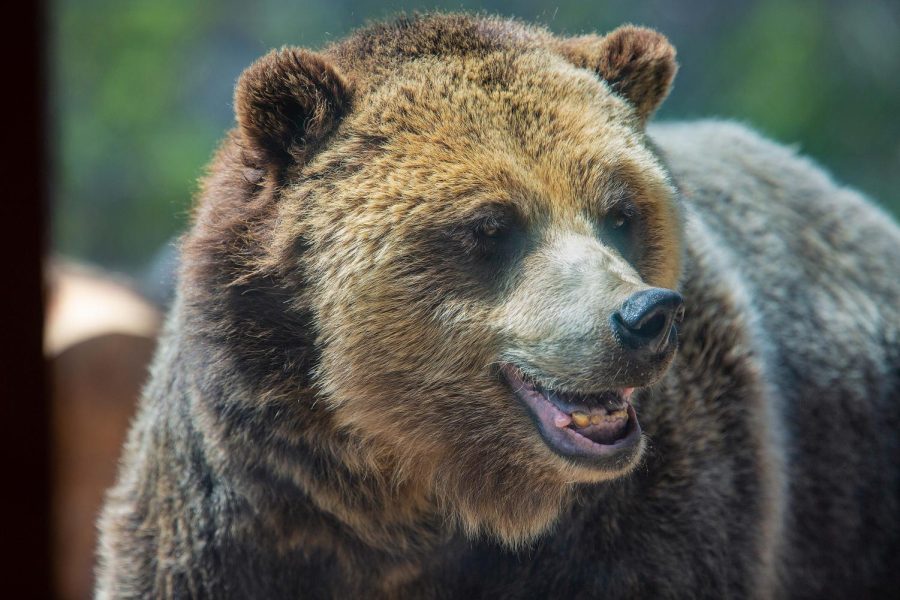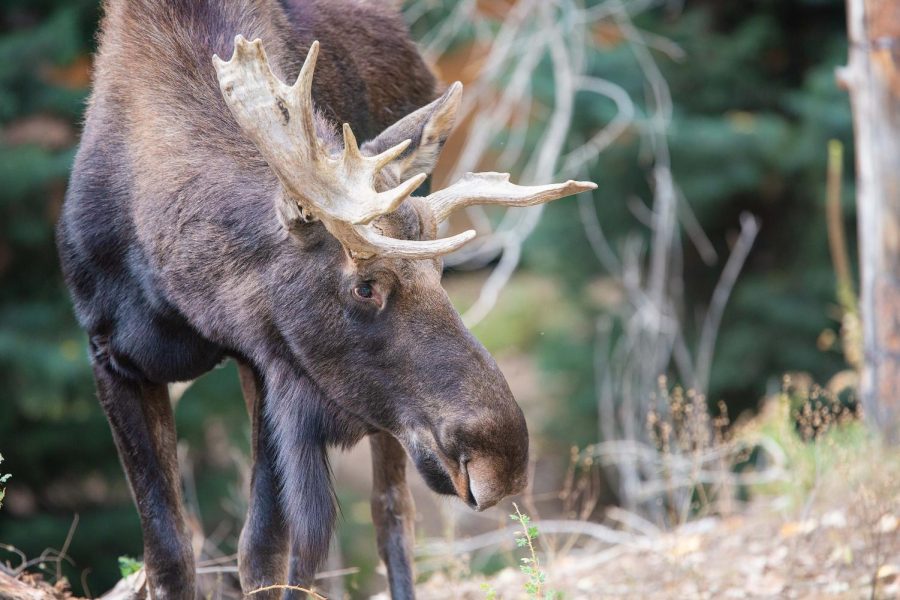The Environmental Toll Of The Willow Project
A Wake-Up Call
Climate change has become a critical global issue that requires immediate attention due to the alarming rise in carbon dioxide levels. The Biden administration saw this vital need and promised to prioritize climate change mitigation during their 2020 presidential campaign. To keep this commitment, the administration introduced a comprehensive plan in 2021 that aims to cut CO2 emissions by half from 2005 levels. Even so, after tentatively approving the Willow Project in late February, many called their stance on climate change into question. ConocoPhillips’ $6 billion project involves drilling for oil and gas on the northern slope of Alaska.
The Willow Project has brought support from legislators who believe that the project will bring benefits to the United States. One of the most significant advantages is the increased fuel production, reducing reliance on foreign oil. Willow could lead to a drop in gas costs and inflation, aiding Americans. The project is also set to create many job opportunities, expanding the economy and reducing unemployment rates in the region.
On March 3, three bipartisan legislators met with President Biden to discuss the project’s potential. They argued that the Willow project would be a great source of jobs and revenue for the state while highlighting the company’s commitment to carrying out the project in an environmentally responsible way. The legislators emphasized that ConocoPhillips has implemented measures to minimize the project’s environmental impact, including using advanced drilling technology and an ice road instead of constructing permanent roads. The lawmakers urged the Biden administration to endorse the project, noting its potential economic and national security benefits.
Various indigenous Alaskan groups on the northern slope also support the Willow Project. For these groups, the proposal would provide a much-needed new source of income that could help them keep their community. Many of these groups are experiencing high poverty rates and an employment shortage. The project could substantially strengthen their economy.
The Willow Project will occur on the northern slope of National Petroleum Reserve-Alaska. This area is 23 million acres across, making it the largest undeveloped public land area in the United States. The US Bureau of Land Management published Willow’s final environmental impact report after reviewing it. The US Bureau of Land Management chose an alternative to the proposal limiting the project’s entire surface infrastructure. This idea would entail using three drill sites instead of the original five that ConocoPhillips had expected. The Trump administration initially proposed and approved the Willow Project; however, in 2021, an Alaskan judge reversed the verdict, citing flaws in the environmental analysis.
Over the next 30 years, the Willow Project is expected to produce 600 million barrels of oil while emitting 278 million metric tons of CO2. According to the Biden administration’s estimates, Willow would generate enough oil to release 9.2 million tons of CO2 into the air annually, which is around that of 2 million cars. According to the BLM’s environmental analysis, the project would primarily affect the habitat of species like polar bears and yellow-billed loons. However, the BLM’s approved plan changes would lessen the impact on local and global ecosystems.

As of March 13, the Biden administration has given Willow the green light, drawing harsh criticism from global climate change activists and environmentalists. Willow’s approval has reignited debate over the balance between economic development and environmental protection in Alaska and beyond.
Willow concerns environmentalists because of the large amounts of CO2 produced. CO2 emissions directly impact human and animal lives by increasing respiratory illness caused by air pollutants. The consequences of Willow could be disastrous for already vulnerable ecosystems. Temperatures rose in 2022, making it the sixth-hottest year on record. Temperatures in Alaska are expected to increase by up to 8 degrees by the end of the century. With the added CO2 emissions of Willow, the world could be in danger.
The nearby Nuiqsut village is concerned about the project’s environmental impact. Rosemary Ahtuangaruak, Mayor of Nuiqsut, has expressed concern about the project’s proximity to their town. The location raises worries about illness and a disruption in the caribou migration. Caribou and bowhead whales are traditionally hunted for food, clothing, and native crafts in Nuiqsut culture.
Many online communities have also expressed dissatisfaction with the project. TikTok, in particular, has garnered over 2.8 million signatures on a change.org petition opposing the project using the hashtag #stopwillow. Activists are enraged as a result of Willow’s approval. Environmental activists are expected to file a legal challenge to the project. Earthjustice, an environmental law organization, has assembled evidence against the administration and has filed a lawsuit against the Biden administration. The group argues that Biden has failed to protect resources on public land in Alaska and that Biden’s administration is ultimately fueling climate change.






